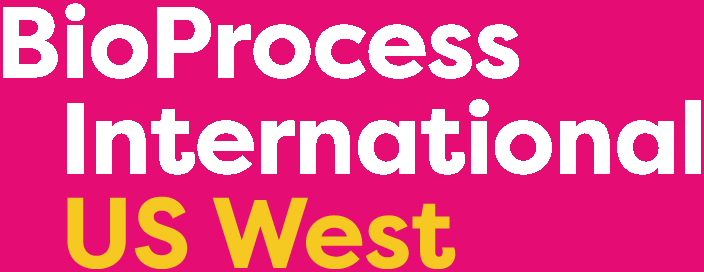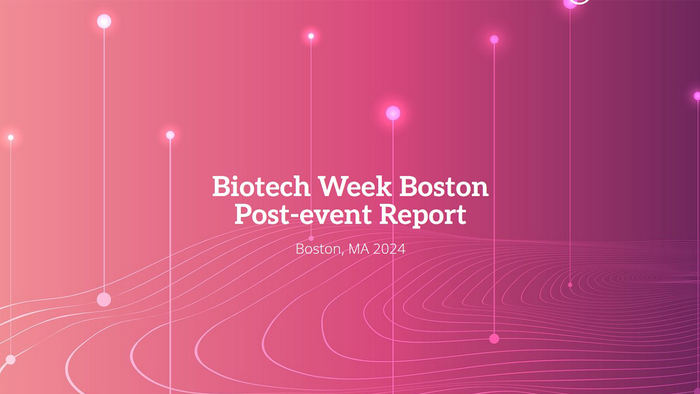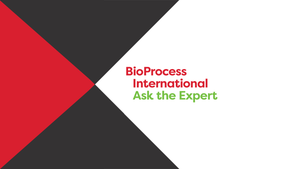.jpg?width=1280&auto=webp&quality=95&format=jpg&disable=upscale)
2024 was a year of industry-wide restructuring and reorganization. That trend has carried into 2025, with cell and gene therapy (CGT) businesses facing significant headwinds, including stalled investments, sluggish R&D, and a complex manufacturing model that has proven difficult to sustain.
In recent months, several companies have announced cutbacks in their CGT operations. Thermo Fisher Scientific has significantly downsized its CGT services. Meanwhile, Evotec and Rentschler Biopharma have exited the space entirely. These moves signal a broader retreat, with companies reassessing the financial viability of CGT manufacturing.
To understand the underlying reasons behind such decisions, BioProcess Insider spoke with Ryan Murray, a senior consultant at biopharmaceutical consultancy firm ValSource, who highlighted the key challenges plaguing the industry.
“I think there are a couple of different primary drivers, the first being an oversupply of manufacturing capacity on the market,” Murray said.
Highlighting the rapid expansion of contract development and manufacturing organizations (CDMOs), he explained, “We saw this massive growth in CDMO capacity. Five, six years ago, there were only a handful of players – now there are hundreds. There’s an oversupply, but a lack of demand from investors. To have a profitable business model is very challenging when the demand–supply equilibrium is lacking.”
In recent years, CGTs have seen a surge in regulatory approvals from agencies like the US FDA and EMA, outpacing many other therapeutic modalities. Despite this progress, these approvals have not necessarily translated into profitability. “The cost of manufacturing these products is still extremely high compared to other modalities. So, there's the issue of who's going to pay for it,” he explained.
In the US, commercial insurers often exclude these expensive therapies from their policies, making accessibility a major concern. Meanwhile, in Europe and other regions with single-payer healthcare systems, reimbursement remains a critical challenge.
“Demonstrating the ability to cover the reimbursement and how that model works in those countries is still an unsolved question,” Murray noted.
However, certain areas within the business have shown commercial promise. According to Murray, Gene editing, particularly Clustered regularly interspaced short palindromic repeats (CRISPR)-based therapies, is emerging as a more viable alternative due to its lower production costs and scalability.
“Gene-editing technologies like CRISPR are significantly more cost-effective to produce than autologous cell-therapy products,” he said. “A single batch of viral vector-based gene editing therapy can produce thousands of doses, whereas autologous therapy is often a single batch per patient. That math is simple – the more you can make with the same materials and labor, the easier it is to scale.”
In the cell-therapy space, the push for allogeneic chimeric antigen receptor (CAR-T) therapies is also gaining momentum. “I see that as the easiest bridge to cross to make these therapies accessible and more affordable,” Murray added. “It’s not necessarily about superior technology – it’s about getting something to market that is both viable and scalable.”
About the Author
You May Also Like






